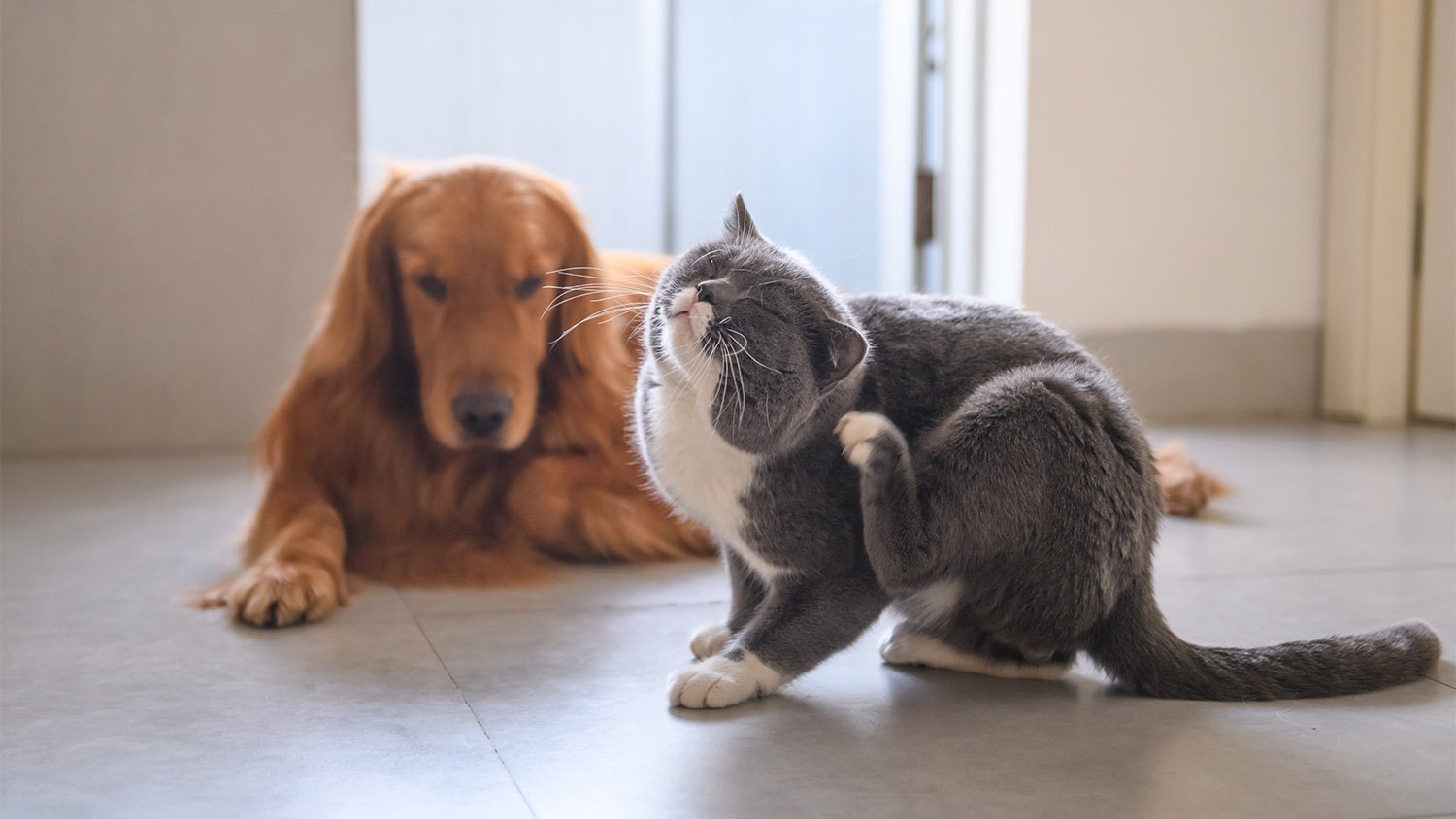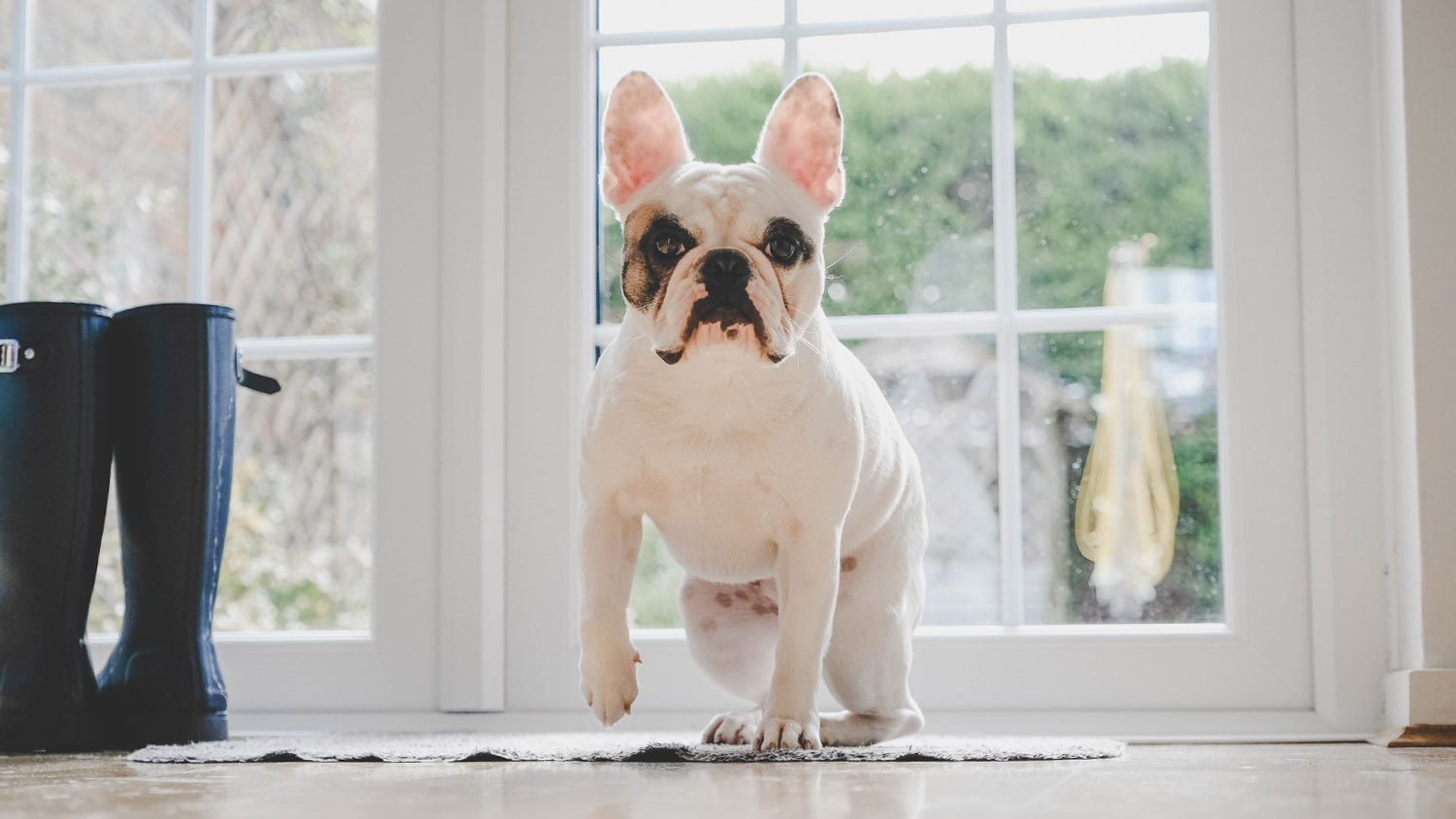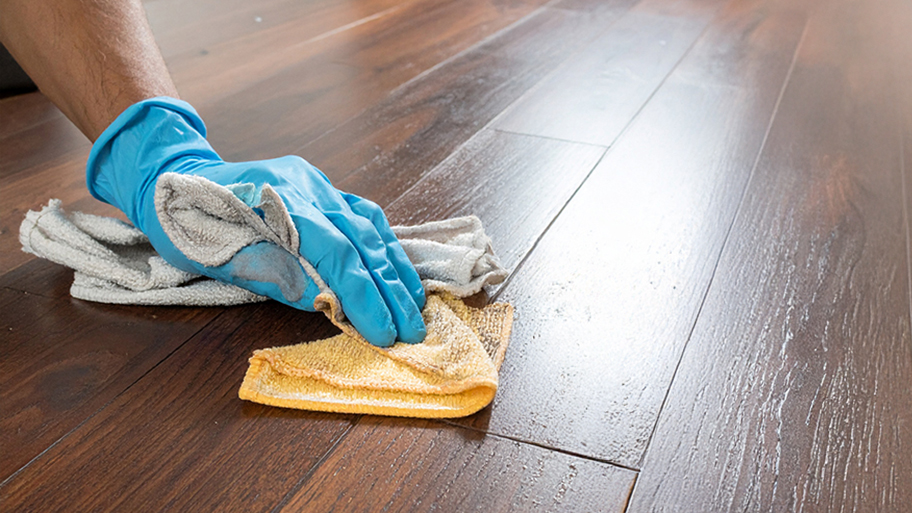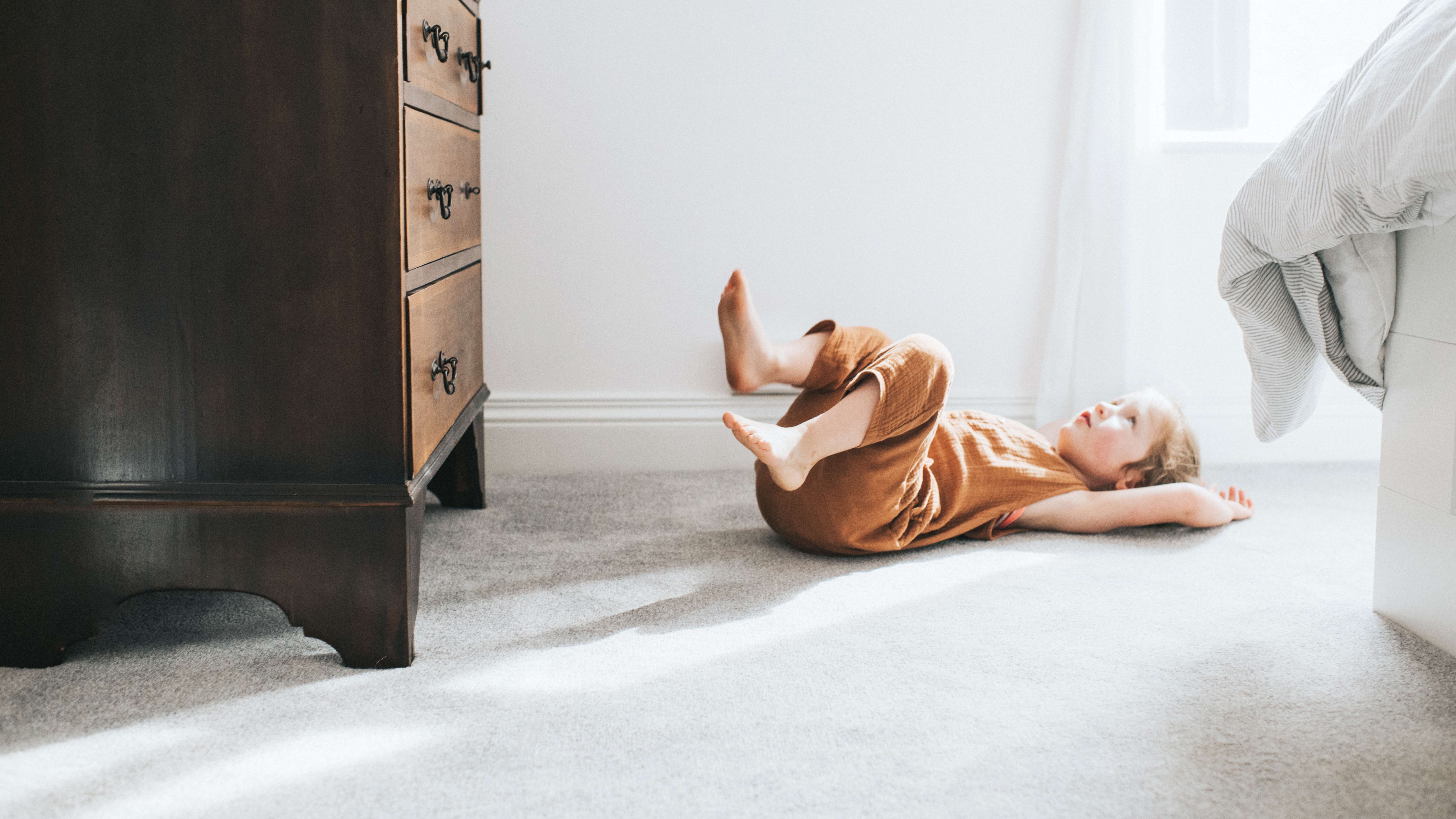
Steam cleaning keeps floors spotless, but not all flooring materials are compatible with steam. Use this guide to know when (and when not) to steam clean vinyl floors.
You can’t teach an old dog new tricks, but you can learn these cool tips


Four-legged friends can add life and love to a home, which is why so many people are eager to add a furry feline or pup to their family. But, as much as we love how a cherished family pet can leave footprints on our hearts, most people are less enthusiastic about the muddy ones it can leave tracked across a freshly cleaned floor. Fortunately, keeping your floors clean (and fur-free) is easy with these eight tips.
Keeping your carpets and tile clean when you have pets at home is a whole lot easier when you're working with a pet-friendly flooring option. For example, someone with white wool rugs and a Great Dane named Dino will likely spend every waking moment of their life fussing over spills and stains.
If you want to keep your floors clean when you have pets at home, you might want to start with some easier-to-clean options (that may mean nixing wall-to-wall carpeting) and varieties that can withstand some abuse (waterproof vinyl is a great example of this).
If you’re not ready to say goodbye to the plush comforts of carpeting, consider choosing a color that’ll work with you instead of against you. Try picking carpets that are similar to the color of your pet's hair to make stray tufts of fur stand out a little less. Whenever possible, go for darker shades or patterns to help camouflage those muddy footprints that can pop up between cleaning days.
Also, no matter how often you trim your pet’s nails, they’re still likely to get a little sharp from time to time. Those little claws can really do a number on more tightly woven carpet types like Berber. Over time, your pet’s nails can tear up your carpet, causing pulls and snags to stand up on your floors. They'll also scratch soft wooden floors or thinly laminated tiles. Keep your pet's nails in mind when deciding what flooring options to install.

Pet hair and bathroom accidents are two pretty big issues for parents of fur babies. While neither of those things is entirely avoidable, keeping your pet healthy can help ease some of these issues.
Animals with poor diets or who sneak something they shouldn’t have are more likely to have an accident on your floors. Additionally, cats (especially male ones) can develop issues with their urinary tract if they aren’t getting enough water, prompting them to avoid the litter box when it’s time to do their business. Staying on top of your pets’ health could curb some of these more preventable issues and save both you and your floors from some unpleasant cleanups.
A dog or cat that isn’t getting its nutritional needs met can be more likely to experience issues with its skin and hair. These issues can present in all different ways, but a common symptom of poor diet is dry and flaky skin. As anyone who's experienced the persistent itch of dry skin knows, sometimes you gotta scratch! While that may be OK for humans, it can cause excess shedding in animals.
If your cat or dog is a heavy shedder, consider getting yourself a vacuum specifically designed to tackle pet hair. Sometimes, these models can be a bit more pricey since they often come with added attachments and accessories. However, having a vacuum that can tackle those tufts of hair and furballs without requiring extra steps (or trips to the garbage to empty the bin) will make it easier to keep your floors clean.
A central vacuum is another excellent idea for weary pet owners looking for an easy yet thorough way to stay on top of pet hair and dander.

Doormats are a great way to stop your pets from bringing too much of the outdoors inside. Chester and his pack can track a lot of dirt and mud into your home every time they play fetch. Those messes can add up quickly, so having a doormat designed for dealing with pet messes at each entrance to your home is key.
Some dogs like to spend their time outside running around the yard and chasing after squirrels. Over time, these paths can become well-worn and muddy—and unless you've trained your sweet Ollie to wipe his feet before coming into the house, he's likely to bring that mess along. Here are some examples of what you can do in those low-lying or well-worn sections of your yard:
Backfill low areas with rocks or mulch.
Cover muddy tracks with stepping stones and filler plants.
Re-sod well-worn areas of your yard.
Put up physical barriers to prevent your pets from going into wet spots.
Even if you pet-proof your yard, there will still be days when your dog comes in with muddy paws. Set up a washing station by the door your dog uses to enter your home to rinse (and dry) their paws each time they come inside.
Not all pet messes come from outside. Kitty litter can easily become stuck in your cats’ paws when Mufasa and Lilo visit their litter boxes to do their business. Those granulars can then get tracked throughout your home, creating both an unsightly and unsanitary mess. To combat this common cat challenge, consider using an enclosed litter box and putting a textured mat down outside the box, allowing your cats to naturally work some of those pieces out before visiting the rest of your humble abode.

One of the best ways to keep your floors clean when you have a lot going on is to automate the process with a robot vacuum. You can put these devices on a schedule to run daily and keep on top of little messes between your regular cleaning days when you typically break out the big guns (like that pet hair vacuum we mentioned before).
From average costs to expert advice, get all the answers you need to get your job done.

Steam cleaning keeps floors spotless, but not all flooring materials are compatible with steam. Use this guide to know when (and when not) to steam clean vinyl floors.

Here’s how to get paint off of wood floors, no matter what type of paint it is or just how much of it you need to remove.

Disinfecting floors means ensuring they’re clean and that you’ve killed any harmful germs left on the surface. Learn how to disinfect hardwood floors in a few simple steps.

Learn when and why a steam mop vs. a regular mop is better for keeping your flooring squeaky clean and sanitary with this comparison guide.

Many homeowners want to know how often they should mop their floors. Depending on the room and household size, it may be more often than you think.

Wish your carpet would dry faster after cleaning? Here’s how to dry carpet after cleaning without the mold, odor, or damage.